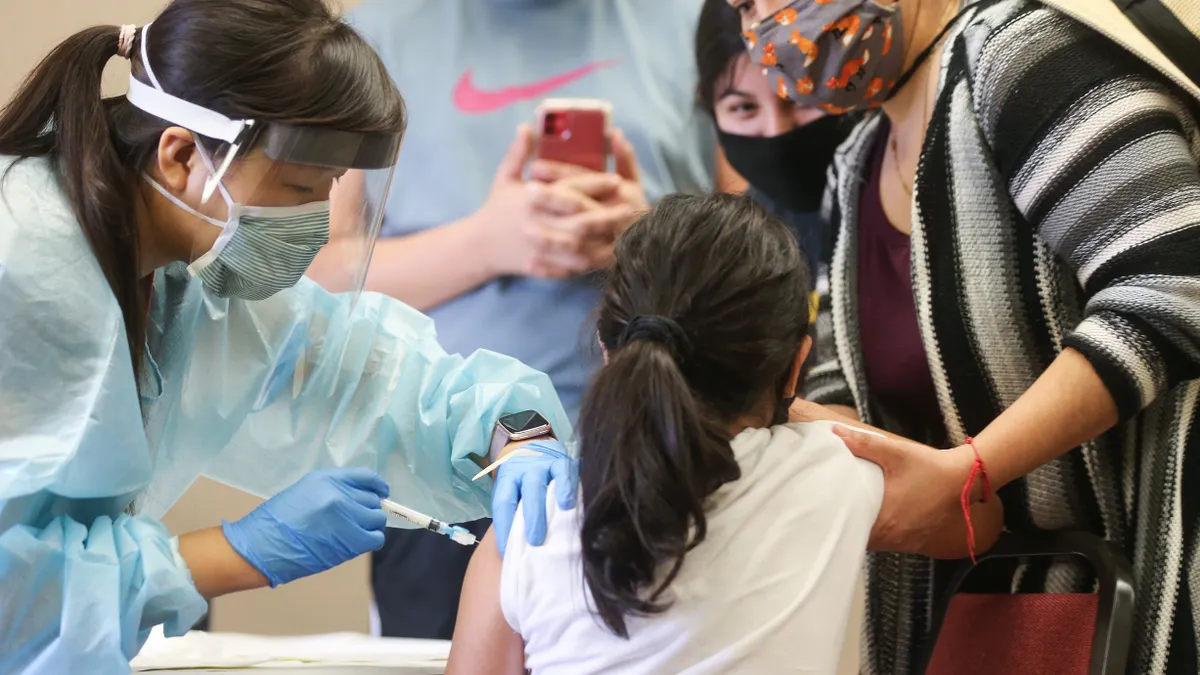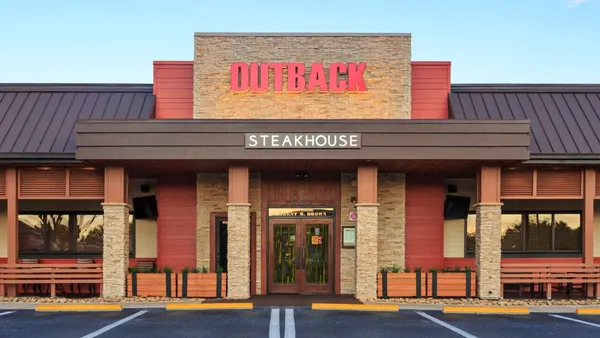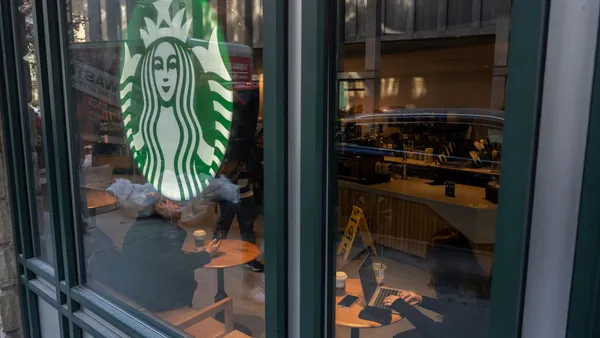Dive Brief:
- The 5th U.S. Circuit Court of Appeals on Saturday temporarily stayed the Occupational Safety and Health Administration’s emergency temporary standard that would require employers to set a mandate for employee vaccination.
- "Because the petitions give cause to believe there are grave statutory and constitutional issues with the Mandate, the Mandate is hereby stayed pending further action by this court," the circuit court ordered.
- With multiple challenges filed in several federal courts, Bloomberg Law reported that the cases typically would be consolidated into one and heard by one court chosen by lottery. Circuit courts can rule on injunction requests before the lottery court is chosen, however; whichever court is selected will be able to lift the stay, according to the outlet.
Dive Insight:
The Emergency Temporary Standard faced challenges even before its publication in the Federal Register. Twenty-four attorneys general signed a letter Sept. 16 promising legal action against the federal government should the mandate come to pass. The letter argued that the mandate could exacerbate the worker shortage, as employees may quit rather than comply.
This injunction request included filings from the governments of Texas, Louisiana, Mississippi, South Carolina and Utah, all signees on the September letter.
Meanwhile, Texas Gov. Greg Abbott issued an executive order limiting employer vaccine mandates earlier in October, while Alaska Governor Mike Dunleavy issued an order Nov. 2 stating "no state agency shall participate in, or use state funds or personnel, to further a federal vaccine mandate for employers."
Despite this stoppage and continued legal challenge, attorneys advise employers to work toward compliance anyway.
Even though the 5th Circuit has temporarily enjoined the OSHA “vaccine or test” mandate, employers should still prepare as if this will take effect as planned until SCOTUS says otherwise. https://t.co/f6iWbb8JI0
— Jon Hyman (@jonhyman) November 6, 2021
While the lawsuits are in part "political bluster," Jon Hyman, partner at Wickens Herzer Panza and author of the Ohio Employer Law Blog, wrote to HR Dive, the real legal question may be whether OSHA "exceeded its authority under the ETS statute by not remedying a 'grave danger.'"
"The focus, and where these challenges have the best chance of succeeding, is the 100-employees coverage demarcation. If COVID-19 still presents a 'grave danger' … why does that grave danger not also exist in workplaces with fewer than 100 employees? That question is OSHA’s biggest challenge in winning these lawsuits," Hyman added. "At the end of the day, however, if employers mandate, lawsuits notwithstanding, then the ETS did its job."















